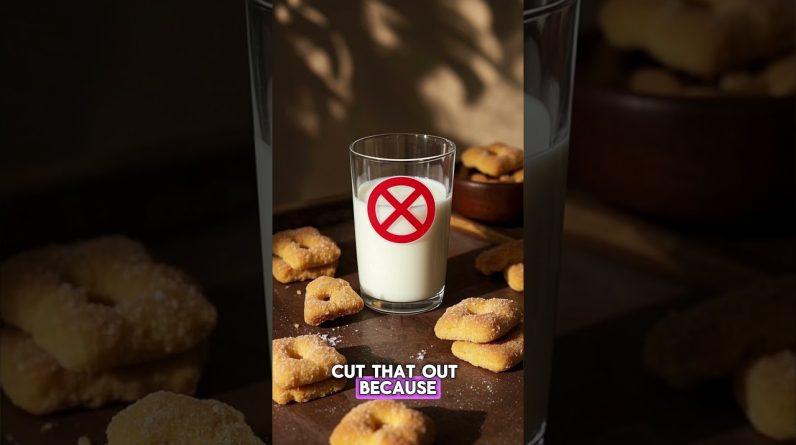Here’s a video with lots more info about fireweed!
Here’s my Facebook page
Here is my Instagram page
Fireweed – Chamerion angustifolium formerly Epilobium angustifolium
AKA willowherb
Fireweed can be found from Alaska to California and across Canada. It is edible and medicinal, and the leaves can be used as a poultice to tried cuts, bug bites, and burns.
*Warning – Some people say it can have a laxative effect!*
Description
Fireweed has straight unbranched stems that grow 3 to 7 feet tall with alternate leaves that are 4′”to 8″ long.
The leaves are lance-shaped and distinctly veined below with a pronounced white mid-vein. The leaf edges are smooth, and they resemble willow leaves.
The flowers are pink, and I have also seen them described as magenta, rose-purple, and fuchsia.
The seeds grow in long and narrow pods/capsules that are red to green in colour and split open to release fluffy white-haired seeds.
Distribution
Fireweed is found from Alaska to California and all across Canada. It can be found in disturbed areas especially recently burned sites, logging sites, open forests and other openings. It ranges from low to subalpine elevations.
Edible
The inner stems of young shoots were widely eaten by indigenous groups in the Interior of BC. They were eaten raw or cooked. The young leaves are also edible. The shoots have been compared to asparagus and the leaves to spinach.
The flowers can be added to salad. Fireweed tea is drunk around the world. The flowers which are sweet can be used to make honey.
Medicinal
The upper part of the stem, leaves and flowers can be used to make a tea that can tighten and dry out tissues due to the tannins in Fireweed. Some uses include treating prostate problems, diarrhea, general inflammation of the digestive tract, and eczema.
An external wash or poultice of the leaves may speed the healing and soothe burns, rashes, cuts, but bites, and skin inflammation.
*Please consume wild plants at your own risk! Consult multiple reliable sources before consuming any wild plants! This video is for information and entertainment only!*
References
Gray, Beverley. The Boreal Herbal: Wild Food and Medicine Plants of the North. Aroma Borealis Press. 2011.
Kloos, Scott. Pacific Northwest Medicinal Plants. Timber Press, Inc. 2017
MacKinnon, A. Edible and Medicinal Plants of Canada. Lone Pine Media Productions (BC) Ltd. 2014.
Parish, R.; Coupe, R.; and Lloyd, D. Plants of the Inland Northwest and Southern Interior British Columbia. BC Ministry of Forests and Lone Pine Publishing. 2018
Pojar, Jim and MacKinnon, Andy. Plants of Coastal British Columbia including Washington, Oregon & Alaska. BC Ministry of Forests and Lone Pine Publishing. 2004.
Wiles, Briana. Mountain States Medicinal Plants. Timber Press Inc. 2018.
source








